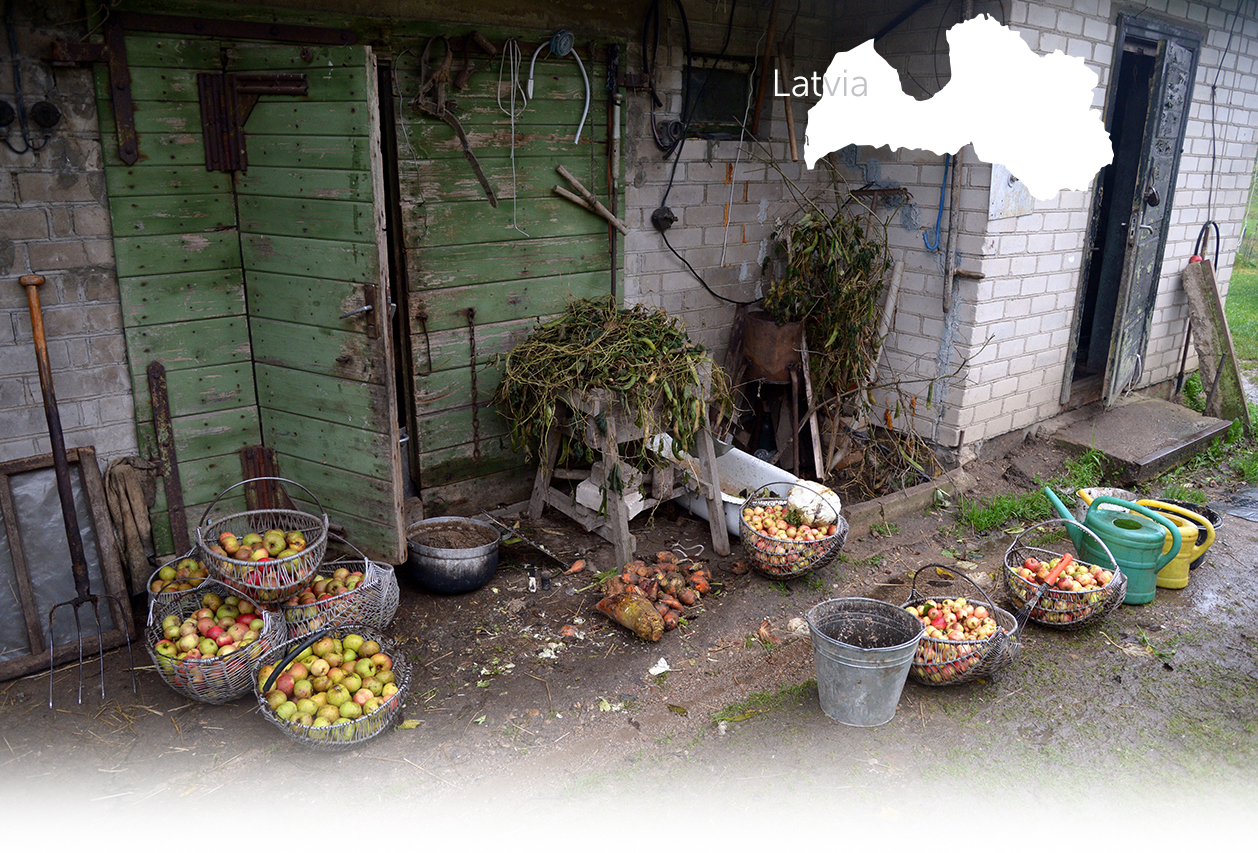

1 Killing site(s)
Malvine S., born in 1929: “I remember that I was in school when the Jews were rounded up at the market square. Then they were taken to the site of the shooting, somewhere near Saka. I knew one of the victims, it was Dr. L***. After the shooting, the next day, my mother went to the area where it happened. She told my father that she saw the ground moving and a hand sticking out of the mass grave where the victims were buried.” (Witness n°53LV, interviewed in Pāvilosta, on October 4, 2019)
"In the winter of 1941 - 1942, when I arrived in Paulshafen to lead the B-Stelle, there were still many Jews. In my department there were also three Jewish women working. I know that all the Jews were deported one day in the summer of 1942. I had just left the town and didn’t see it, but I heard about it. I can’t say what happened to the Jews. I guess they were shot. Their houses were open and no one lived there anymore." [Interrogation of Walter S**, B162-2626: RG-14.101M.0343.00000540; Bl. 1335]
Pāvilosta is a town located 177 km (110 miles) west of Riga, in the Kurzeme region of Latvia. Before the war, the town was mostly inhabited by Latvians and a Jewish minority of about 20 families. Most of the Jews worked in the trade business. They had about 7 stores on Vilnu Street and a small synagogue. Relations between the Jews and the Latvians were quite good and all the children went to the same school. In Pāvilosta, there were also sometimes Roma passing through. In June 1940, according to the terms of the German-Soviet non-aggression pact, Latvia was invaded by the Red Army and then annexed to the USSR. Many important local figures were deported by the Soviet authorities.
On June 22, 1941, the German armies and their allies began the invasion of the USSR. On June 27, Pāvilosta was occupied. As soon as the occupation began, the Jews were subjected to a number of restrictions. They were all arrested and gathered in a single building. The German authorities closed their stores, forced them to wear the yellow star and forbade them to use the sidewalks. In addition, they were forced to work in the local liquor brewery. On the evening of December 3, 1941, the Jews of the town and the surrounding villages of Jūrkalne and Saka were rounded up at the market square. About 80 Jews were subsequently taken to a barn on the outskirts of the town to spend the night. The next morning they were taken to the Grīņu dabas forest reserve located 6 km (4 miles) southeast of Pāvilosta. They were then all executed by a German SD unit from Liepāja assisted by Latvian militiamen from Pāvilosta. The town was liberated by the Red Army in May 1945.
Do you have additional information regarding a village that you would like to share with Yahad ?
Please contact us at contact@yahadinunum.org
or by calling Yahad – In Unum at +33 (0) 1 53 20 13 17